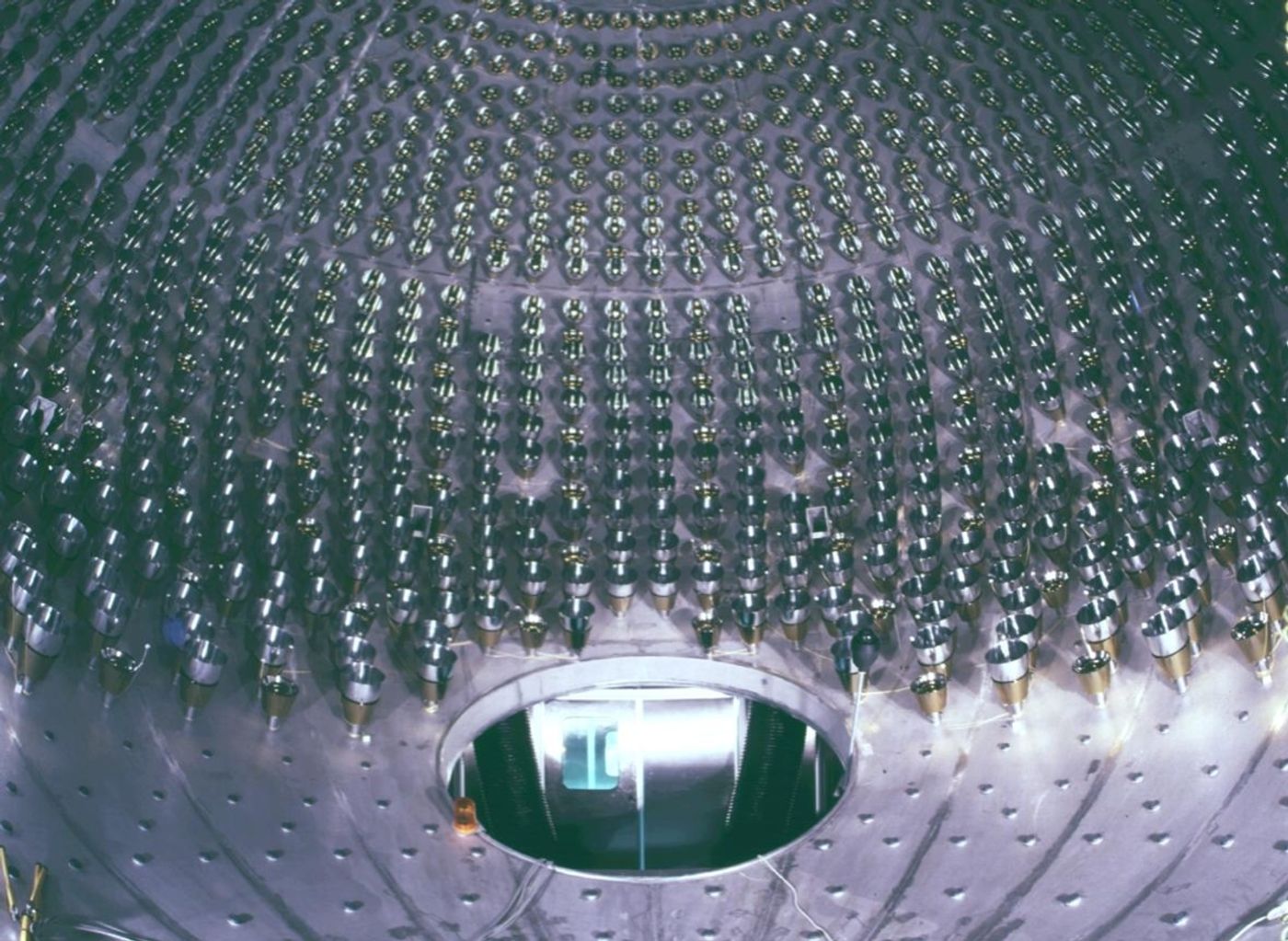Fusions in Action: Scientists Confirm a Different Way the Sun Produces Energy
Since its formation, the Sun has been the main power source for all objects within its irradiation range, putting out 3.828×10^26 joule worth of energy every second. By counting the ultra-light particle neutrinos ejected from the Sun, a team of Italian scientists has successfully proved that a less known type of nuclear fusion is also taking part in powering our home star.
In the early twentieth century, British physicist Arthur Eddington first suggested stars get their energy from the nuclear fusion of hydrogen atoms. Later, German physicist Hans Bethe took the idea further. By analyzing the potential atomic reactions that could happen inside stars, he proposed two types of fusion processes, from which stars derive their energy.
The proton-proton chain reaction is the primary reaction for stars smaller or equal to the size of the Sun. On the other hand, the more massive stars rely on a different fusion reaction, which is catalyzed by three heavier elements - carbon, nitrogen, and oxygen (hence the name carbon-nitrogen-oxygen (CNO) cycle).
While it's challenging to take a direct look at what's exactly going on within the Sun, scientists have been tinkering with the idea of using neutrinos, a product from nuclear fusion, to track down the energy production in stars. While we have been observing solar neutrinos since its first detection in the 1960s, but data collected from earlier studies did not tell us what type of fusion is going on in our Sun.
Scientists at Italy's Borexino collaboration decided to tackle this challenge with its highly radiopure liquid-scintillator detector. The underground facility, built deep within a mountainous area, is shielded against external radiation, making it more sensitive for low energy solar neutrinos.
The nature of the sun and neutrinos - The Borexino experiment (Laboratori Nazionali del Gran Sasso)
But the major issue with detecting neutrinos from the CNO cycle is that their signal gets drowned out by neutrino noise from the Earth: beta decay of heavy metal such as bismuth-210 embedded in the rocks.
The Italian team came up with an elaborate method that can reliably subtract the terrestrial noise. Their approach managed to catch a few counts of CNO reaction neutrinos per day in the end.
Their findings verified that the CNO cycle contributes to only about 1% of the Sun's overall energy. If happening in more massive stars, this reaction would be the dominant fusion process in energy production.
The Borexino Collaboration published their latest discovery in the journal Nature.
Source: Universe Today









